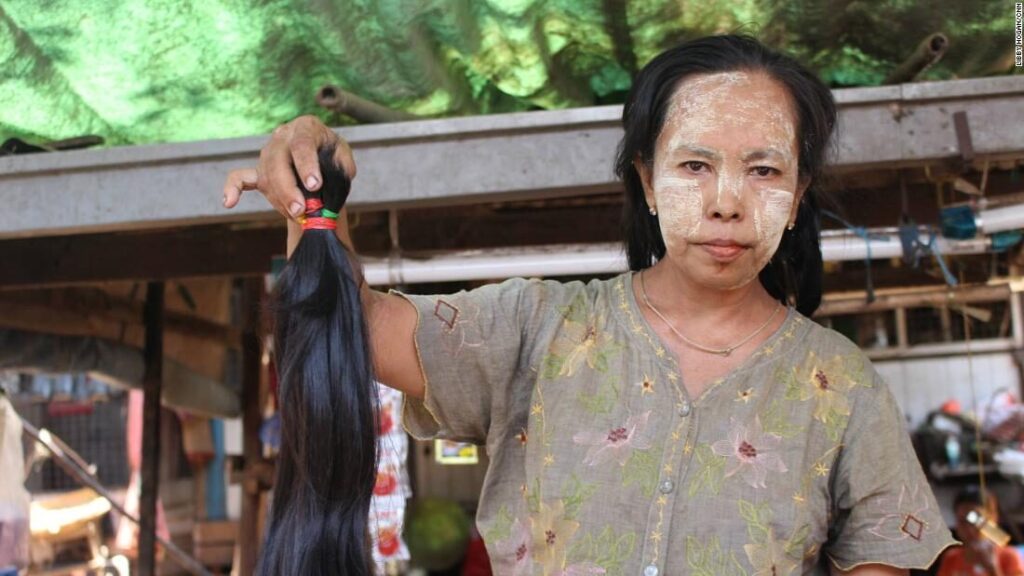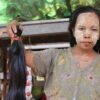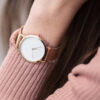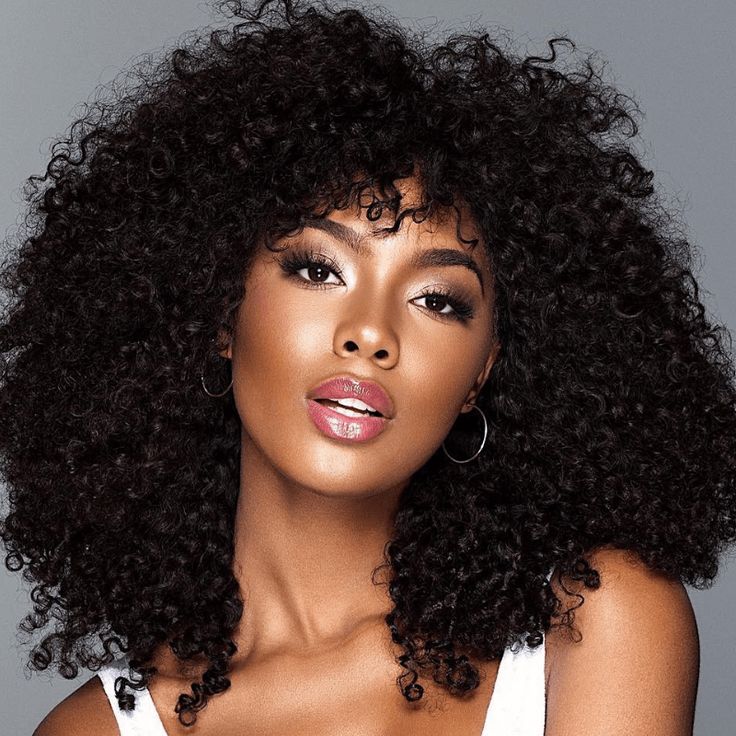You were drawn to this writing for one of two reasons: you’ve either fallen for the Burmese scam or, luckily, decided to do some research before purchasing “raw” hair. If either is the case, hopefully, reading this article will have enlightened you on one of the biggest current scams in the hair industry.
What Is Raw Hair?
To understand what’s going on, we have to start with the basics. What is raw hair? Raw hair is defined as “pure, unprocessed, human hair that is collected from a single donor.” In the simplest terms, the hair comes as it is directly from the head. Raw hair extensions are the purest category of hair in the industry and, therefore, the most falselyadvertised. Many vendors and hair companies often market their hair as “raw” to boost sales and give a false idea of high quality to consumers. It’s commonly practiced in smaller businesses such as KMorahair and larger ones like Dhair-boutique.
However, the main reason companies can get away with such a feat is because of the mass false concept of “raw hair” many consumers have in mind when shopping for hair. The issue is most people truly want “virgin hair”; they just don’t know it. When many think of “raw hair,” they think of “perfect.” To most people, visually perfect hair is the hair with the most shine and uniform length curl pattern. What’s wrong with that? It’s unrealistic.
If one were to look at anyone’s natural hair, they would notice all kinds of things they wouldn’t ideally want in their extensions, short pieces, lack of luster, and different textures. But that’s how RAW hair is. But don’t be mistaken, there are plenty of advantages to having raw hair.
Lastly, the most transparent lie of this fraud is the mismatch of the texture and the ethnicity. Burmese or Myanmar people are in Southeast Asia, which is close to Vietnam.As most of you know, the majority of Southeast Asians have straight hair, which is rare to even crinkle, let alone curl. If the pictures below aren’t enough evidence, feel free to search up “Burmese People” to see their actual RAW texture.
Pictured below is a Burmese woman:

There it is, straight hair. Here is another picture of a Burma hair trader at Yangon’s
Insein Market, a hair market located in Burmese.

Not a curl in sight. Now compare that picture to the texture companies sell to
consumers:

It’s almost disrespectful right? Raw curly Burmese hair does not exist. It is a virgin manufactured pattern that will last you just as long as any other virgin hair extension
Here are some things you can look out for in order to truly purchase what you paid for:
Look for natural variation in color and texture. Uniformity is NOT an aspect of raw hair. Shedding and tangling: Raw hair should have minimum shedding and tangling. If the hair sheds excessively or tangles easily, there’s a likely chance you’ve purchased processed hair.
Here are some questions you can ask before purchasing raw hair:
- “Where is this sourced from?” Do research and investigate whether the ethnicity
matches the texture being sold.
- “Is this collected from a single donor?”
- “Has this hair undergone any chemical, heat, steam, or dye treatments?”
Reading Takeaway
Being an informed consumer is your best defense against falling for misleading
marketing practices. Always ask questions, do your research, and remember that true
raw hair will have natural variations and may not look as “perfect” as processed hair. By
being vigilant, you can guarantee that you get the quality you’re paying for.



















